Red Star Dracaena Care: Learn About Growing Red Star Dracaenas
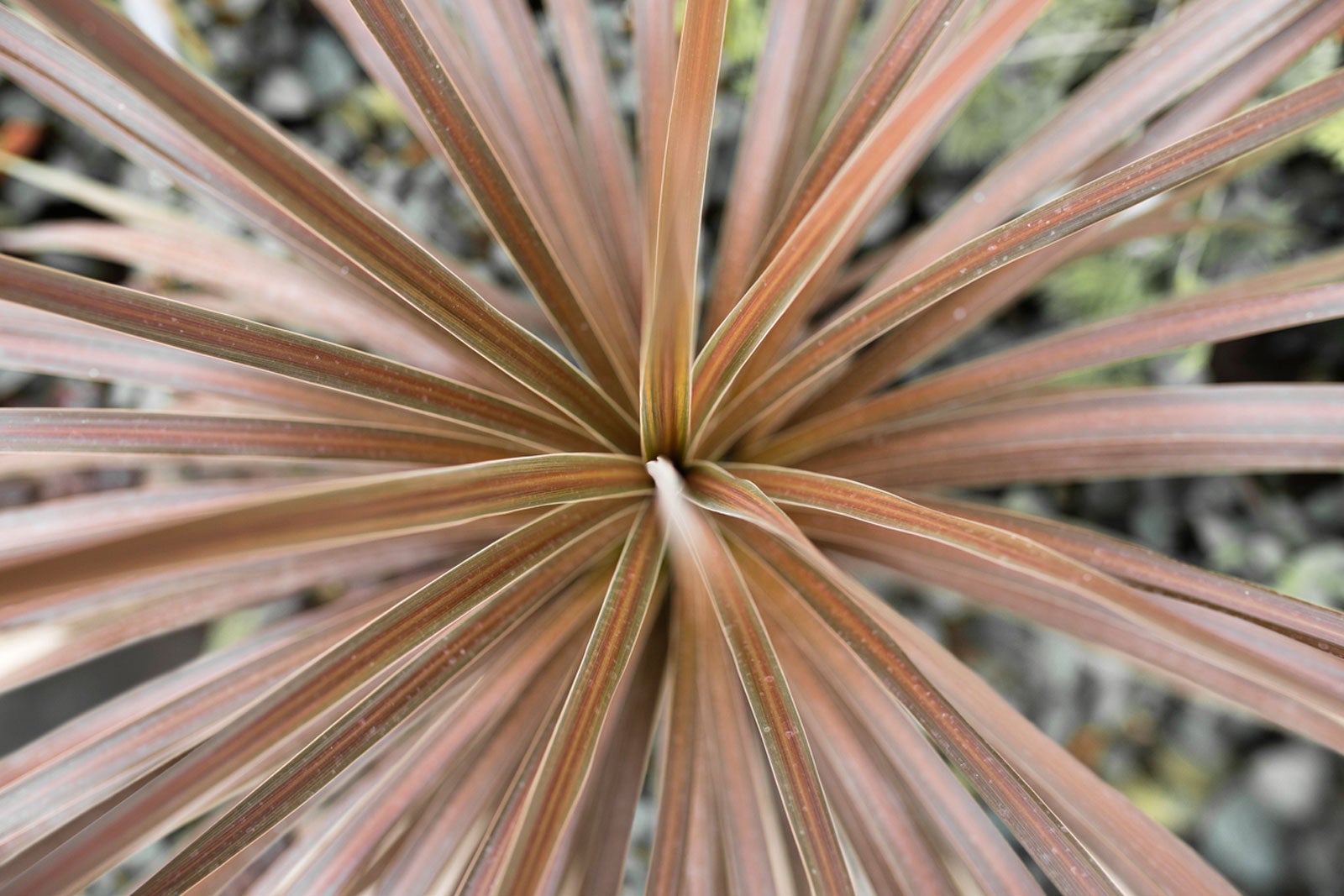

Looking for something interesting to grow in the garden or home? Consider adding Red Star dracaena to your list. Read on to learn more about this lovely specimen.
About Red Star Dracaena Plants
The dark red, almost burgundy, sword-like leaves of Red Star dracaena (Cordyline australis 'Red Star') add an unusual flair when growing in a display. Surround it with blooms that peak from spring to fall in an outdoor bed or grow it as a focal point in the garden. Likewise, this plant makes a great addition to the home.
Cordyline australis is a dracaena-like species. While this interesting plant goes by the name of dracaena or palm, it is neither – technically, the Red Star dracaena palm is a type of cordyline plant. Dracaena and cordyline are close cousins, and both may resemble yucca (another cousin) or palm trees. Most dracaena and cordyline start out palm-like but their trunks, or canes, eventually branch out as they get older, hence the palm moniker. That being said, they’re all different genera.
Cordylines, unlike most dracaena plants, are typically grown as outdoor plants with the exception of the Ti plant (pronounced “tee”), although this really depends on the region.
Growing Red Star Dracaena
Growing Red Star dracaena palm in USDA zones 9 to 11 is a great way to frame an entryway or add height to an outdoor bed. Some info says the plant is hardy in zone 8. If your winter temps don’t get below 35 degrees F. (1.6 C.), it will likely be fine outside if some cover is provided.
In colder areas, grow the plant in a container to bring indoors for winter.
Though it grows moderately, it is a large plant in maturity and the trunk may get thick. As with others in the family, it cannot tolerate consistently cold temperatures. Keep this in mind when locating the containerized plant outside. It may be heavy, so have a plan on how to get it inside when winter arrives.
Gardening tips, videos, info and more delivered right to your inbox!
Sign up for the Gardening Know How newsletter today and receive a free copy of our e-book "How to Grow Delicious Tomatoes".
Grow Red Star in a full to part sun area. Keep in mind that it can reach 5 to 10 feet (1.5 to 3 m.), depending upon growing conditions.
Red Star Dracaena Care
Information indicates this plant should have regular watering during the growing season, depending on how much sun it gets. If it gets lots of sun, water more often than if it grows in a part shade bed. Container plants normally need water more often than those in the ground. Water when the soil feels dry to the touch.
Grow the plant in average well-draining soil. Fertilize monthly with a balanced fertilizer (10-10-10).
Although pruning isn’t necessary with these plants, if you’d like a fuller look, you can cut back the tallest “heads,” which will promote sprouting from the sides. Don’t toss out what you cut, as most cuttings will easily root and grow if you want to start a new plant or give one to someone else.
Bring the plant indoors before temperatures reach freezing or before frost is expected. This plant can adjust to life as a houseplant for the winter and is an attractive addition near a brightly lit window indoors. Red Star Dracaena care is limited throughout the winter months. Water sparingly, as the plant will likely be dormant.
One thing to consider is providing humidity while your heat is drying the air. A pebble tray is a simple and inexpensive way to provide humidity. The tray doesn’t have to hold the plant, but it can. Fill a shallow container with pebbles and then add water. If you use medium-sized pebbles, the plant should not be able to get water through the drain hole. Avoid bottom watering when using a pebble tray, as it may cause roots to stay too wet and rot.

Becca Badgett was a regular contributor to Gardening Know How for ten years. Co-author of the book How to Grow an EMERGENCY Garden, Becca specializes in succulent and cactus gardening.
-
 Looking For Plants To Give You The Soft And Fuzzies? Try These 5 Fuzzy Leaf Plant Options
Looking For Plants To Give You The Soft And Fuzzies? Try These 5 Fuzzy Leaf Plant OptionsLovers of texture, drama, silver foliage and tactile plants will adore these special sensory garden additions. These fuzzy leaf plant options will leave you all aglow
By Susan Albert
-
 Get Ready For A Summer Of Hummers! Grow These Full Sun Hummingbird Plants and Flowers
Get Ready For A Summer Of Hummers! Grow These Full Sun Hummingbird Plants and FlowersIf you’re lucky enough to enjoy a sunny backyard, make sure you are maxing out on your pollinator opportunities and grow these full sun hummingbird plants and flowers
By Tonya Barnett
-
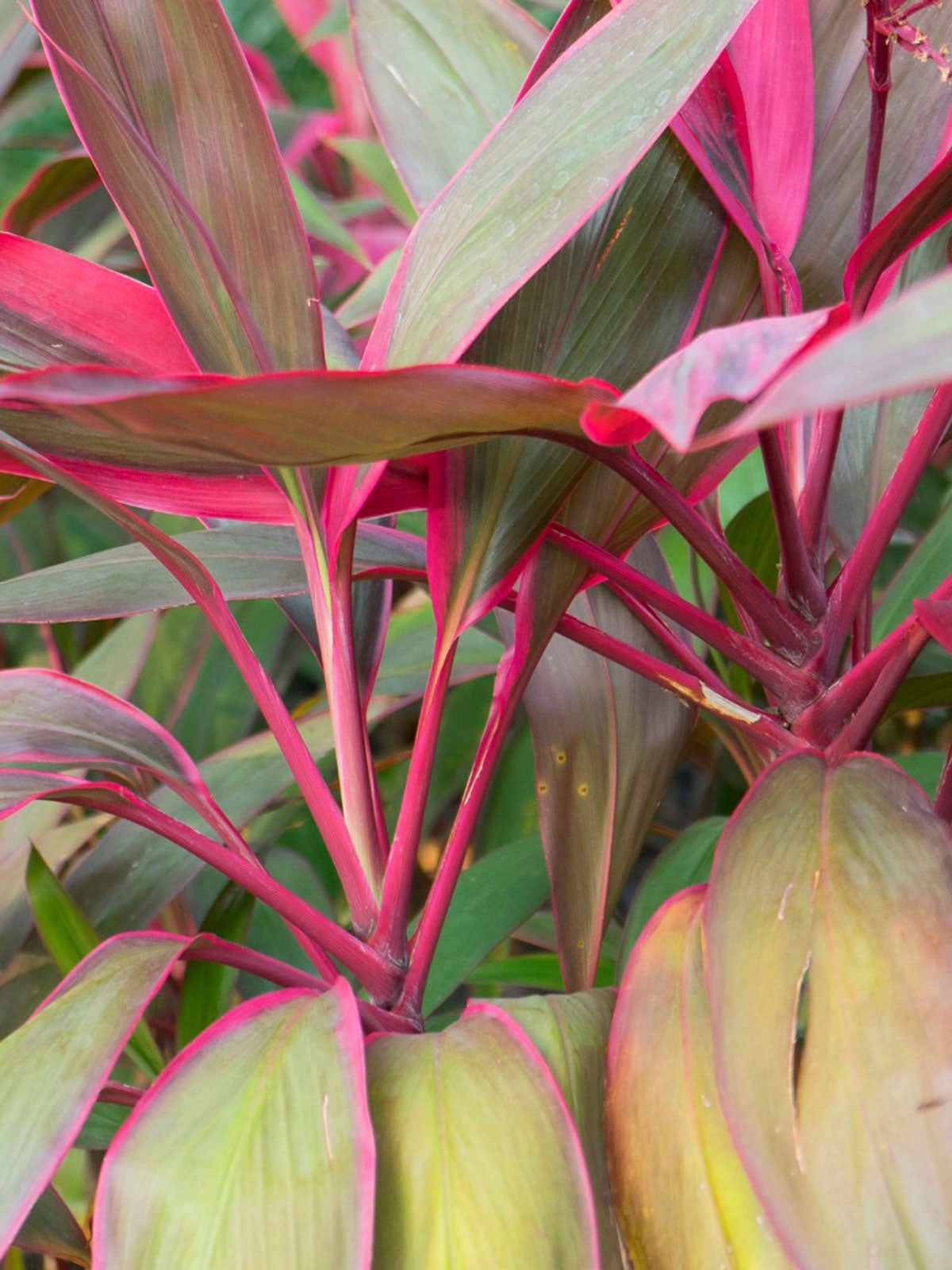 Yellowing Ti Plant Leaves: What Causes Yellow Leaves On Ti Plants
Yellowing Ti Plant Leaves: What Causes Yellow Leaves On Ti PlantsHawaiian Ti plants are valued for colorful, variegated foliage. However, leaves turning yellow may indicate a problem. Learn more here.
By Mary H. Dyer
-
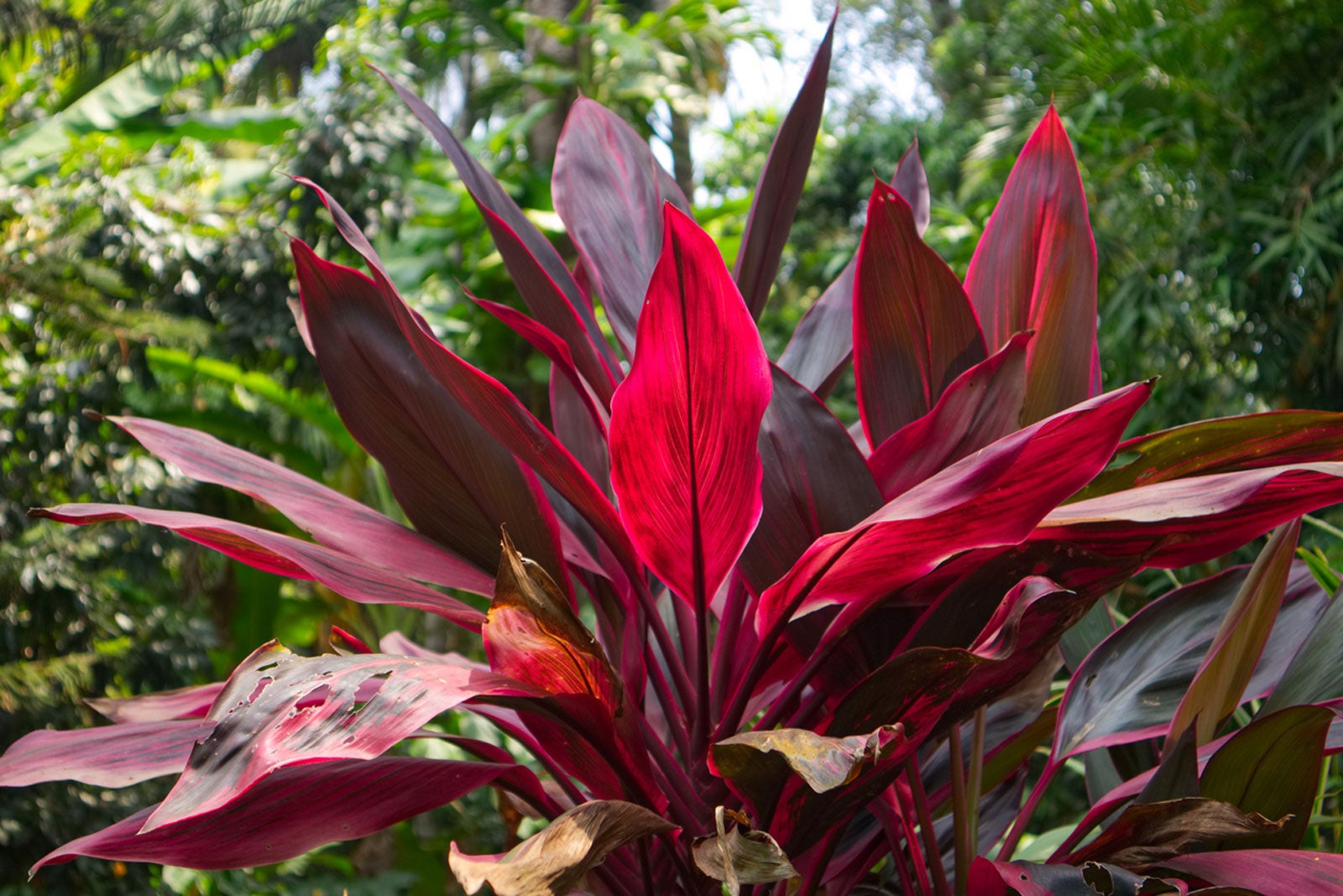 Cordyline Plant Varieties: Different Types Of Cordyline Plants To Grow
Cordyline Plant Varieties: Different Types Of Cordyline Plants To GrowAlso known as ti plants and often mislabeled as dracaena, cordyline plants belong to their own genus. They make excellent houseplants, and with a little information about cordyline care, you can easily grow them by a sunny, warm window. Learn more in this article.
By Mary Ellen Ellis
-
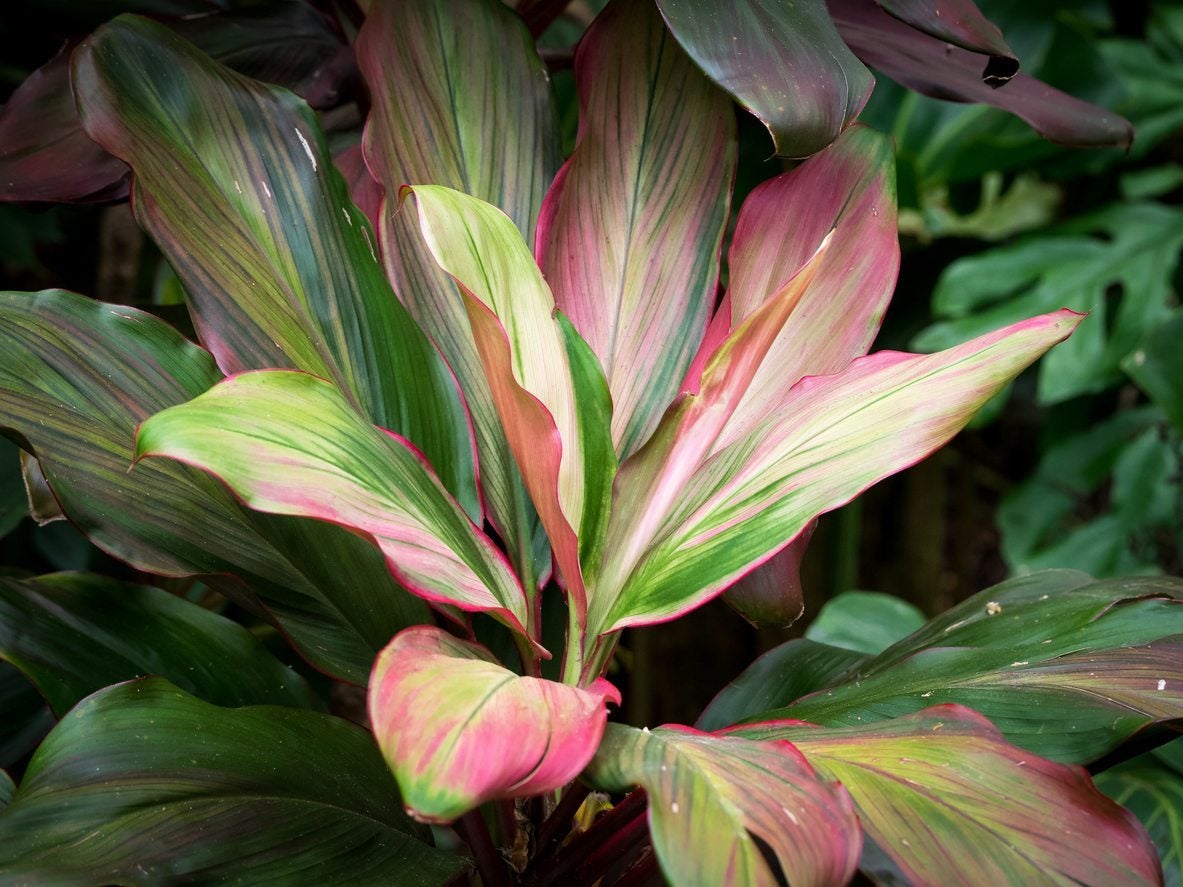 Outdoor Ti Plant Care: Learn About Growing Ti Plants Outdoors
Outdoor Ti Plant Care: Learn About Growing Ti Plants OutdoorsThe eye-catching, evergreen foliage of Ti plants can be an excellent accent in the outdoor landscape. With such a tropical-looking plant, many people skeptically question, "Can you grow Ti plants outside?". Click here to learn about growing Ti plants in the landscape.
By Darcy Larum
-
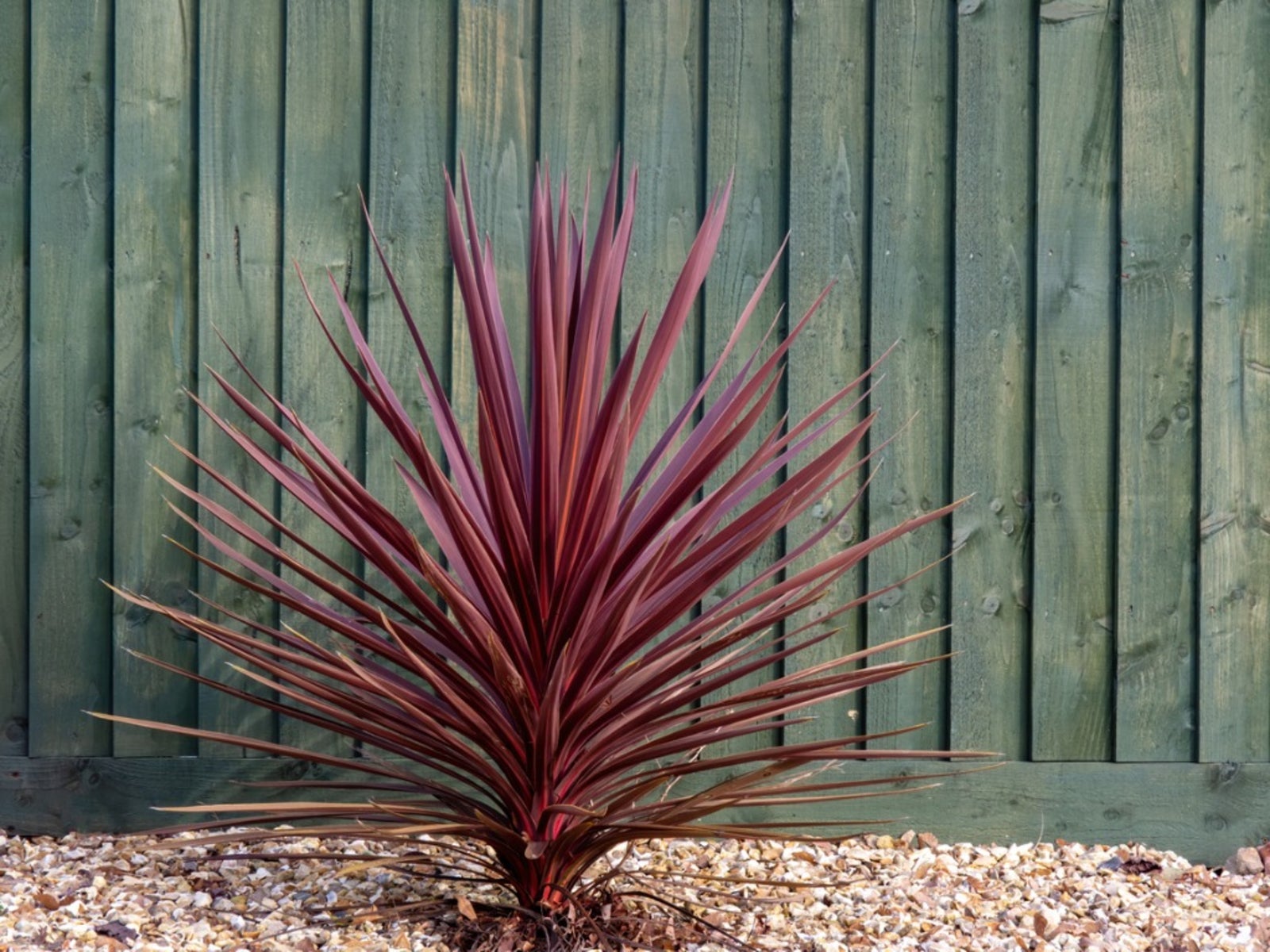 Ti Plant Care - Growing A Hawaiian Ti Plant Indoors
Ti Plant Care - Growing A Hawaiian Ti Plant IndoorsHawaiian ti plants are once again becoming popular houseplants. New owners to wonder about proper ti plant care. Growing the plant is easy when you know a few things about it. This article will help.
By Heather Rhoades